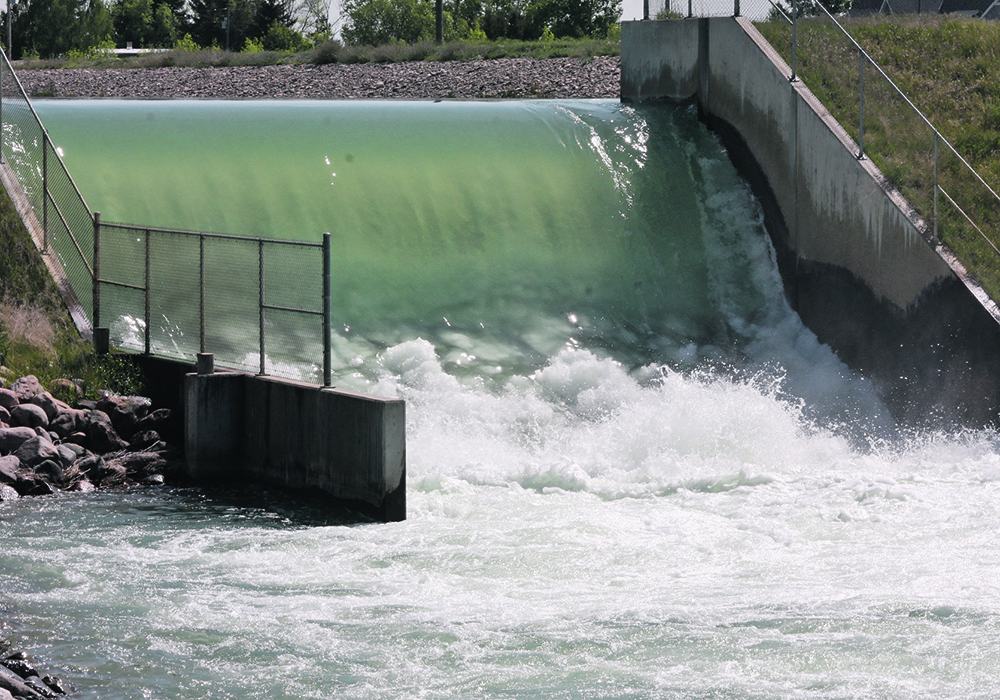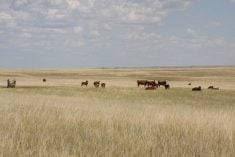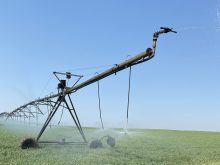It’s been a topsy-turvy spring for irrigation districts in southern Alberta, as a cooler-than-normal spring gave way to record-setting heat in the middle of May.
As well, potentially damaging ice jams were averted in some districts, while emergency canal repair was necessary for others.
“There is no such thing as a normal year,” said Richard Phillips, general manager for the Bow River Irrigation District.
That consistency of inconsistency is the case this year.
Lethbridge Northern Irrigation District has curtailed flow rates to its farmers because of leaks in the canal system, which were discovered as it was flushing its system in early May to prepare for the season.
Read Also

Saskatchewan throne speech promises strong economy
Saskatchewan’s legislative agenda for the coming year will focus on meeting the challenges of new world trading relationships, said the speech from the throne.
Emergency repairs on the irrigation works, owned by the province, are expected to improve the situation by early June but that’s not guaranteed, according to an update posted on the district’s website.
The weather rapidly shifted from late April into early May, from cooler than normal to well above seasonal.
“We had an incredibly cold March and April compared to average temperatures. We had some snow on the ground that time of year, which, often we don’t. That did melt and we actually ended up with some snow melt moisture this spring, which is unusual,” said Phillips.
While that situation delayed spring seeding on irrigated crops by about two weeks, that’s all but wrapped up going into June with only isolated showers in some parts of southern Alberta at the end of May.
Despite the variable conditions, reservoirs across the BRID are filling up.
“We have a ways to go before they get absolutely full but they are in really good shape right now,” said Phillips. “I think what we can safely say is that our water supply, because of the amount of water we have in storage, is guaranteed to be good for this year.”
The Bow River is listed as having normal to above-normal flows, according to the end of May Alberta River Basin forecast. The Oldman and South Saskatchewan rivers are at average levels to slightly below.
Those conditions are likely because of the warm temperatures in the mountains, where there has been a rapid melting of the lower-than-normal snowpack.
That may change, said Phillips.
“I’m not sure what kind of river we’ll have come July, August this year,” he said.
Both the Oldman and Bow rivers, which flow into the South Saskatchewan, are currently forecast to be well-below average over the course of the growing season, according to the provincial water supply outlook.
Early season issues along the Milk River at the Montana irrigation headwater works have caused delays for irrigators along the basin, which snakes into Alberta before heading back into the United States.
Irrigators along that system will likely see farmers reliant on natural flow levels through much of the summer because there is no off-stream storage on the Canadian side of the basin.
But all those predications come with a caveat.
“Rain in the mountains can change everything,” said Phillips. “But the outlook for a good river flow is not so good right now.”
















